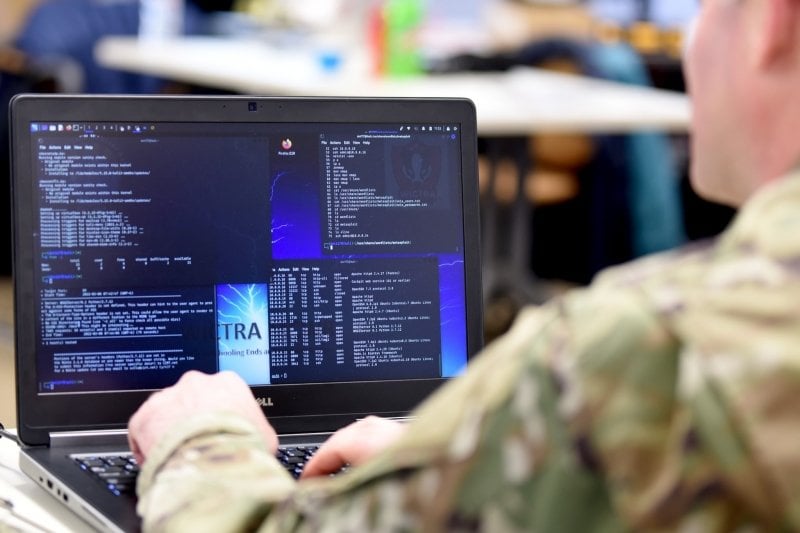
Video conferencing. Live streaming. Interactive technologies. Study online at an accredited, respected, public research university. Create your future at Michigan Tech.
Get Ahead With Our Online Courses and Programs.
Not here? No problem. Michigan Tech’s online degree programs offer the same excellent education no matter where you are. Our online courses offer the same rigorous, research-based curriculum as our on-campus programs. You'll receive the same degree and the same diploma. There's no difference.
Designed specifically with working professionals in mind, our curriculum is flexible and accessible 24/7. You can access your courses and take exams virtually from anywhere, without hampering your daily schedule.
Dive Deeper Into MTU's Online Programs: Attend a Third Thursday Virtual Info Session.
Get to Know Us Better: Read Our Blog.
There really is no difference between a Michigan Tech online degree and an on-campus degree, except for how students and faculty communicate. They both have the same value and prestige.








